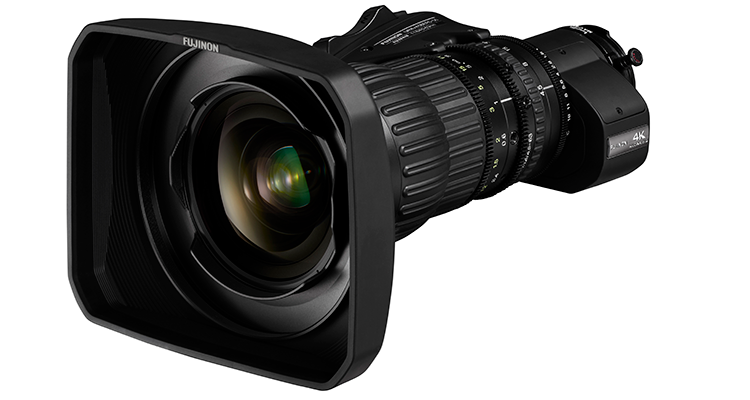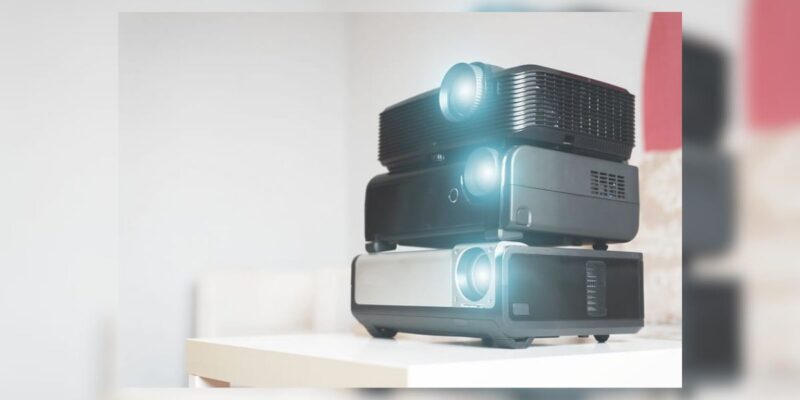FUJIFILM’s Optical Devices Division to Introduce Two 4K-Compatible Handheld Lenses
 The Optical Devices Division of FUJIFILM will introduce two new FUJINON handheld zooms for live sports, entertainment and field production next week.
The Optical Devices Division of FUJIFILM will introduce two new FUJINON handheld zooms for live sports, entertainment and field production next week.
The UA14x4.5B and UA18x5.5B are the latest handhelds in the company’s Premier UA Series of 4K 2/3” lenses. The new lenses deliver edge-to-edge 4K optical quality to 2/3-inch 4K portable cameras and camcorders. The UA14x and UA18x zooms can be seen along with the complete UA Series within the company’s NAB booth. These lenses join the UA13x4.5B, UA22x8B, UA80x9B, UA107x8.4B and the new UA27x6.5B in this series. The UA Series is the world’s first designed specifically for UHD broadcast applications.
The UA14x4.5B has an ultra-wide focal length of 4.5 to 63mm at the telephoto end and a zoom ratio of 14x, while the UA18x5.5B has a focal length range from 5.5mm in wide angle to 100mm in telephoto, and a zoom ratio of 18x. The unique zoom range of the UA18x5.5B makes this a “2-in-1” lens, offering both wide-angle and telephoto capability. Both lenses are standard with 2x extenders.
With a weight of just 2.04kg, the UA18x5.5B is ideal for situations that require added mobility, such as news reporting and on-location production. The body of the UA14x4.5B measures just 238.5mm, enabling shooters to get up close and personal during live sports coverage or add increased depth on-location.
High resolution, high contrast, and high dynamic range are hallmarks of the UA Series. Aspherical elements have been treated with the latest High Transmittance Electron Beam Coating (HT-EBC) multi-layer coating for a high level of transmittance and color reproduction. Using HT-EBC in tandem with FUJIFILM’s exclusive Aspheric Technology, the lenses reduce ghosting and lens flares, while increasing the amount of light transmitted through the lens to the camera’s sensors. The latest optical simulation technology was used in the lenses’ optical design to prevent resolution degradation around the edges and control aberrations, thus achieving 4K image quality across the zoom range. An aperture shape close to that of a circle is achieved by adopting nine aperture blades, which provides a more natural bokeh.
The latest generation Servo Drive Unit has been built to support a wide range of remotely-controlled zoom, focus, and iris functions. It relies on 16-bit encoders to provide accurate two-way communications between the lens servo and the remote operator, using either RS232 serial data or traditional analog communications. These features allow the lenses to be remotely-controlled for human- and robotically-controlled shooting, jib shots, tower cams and videoconferencing, among other applications.





